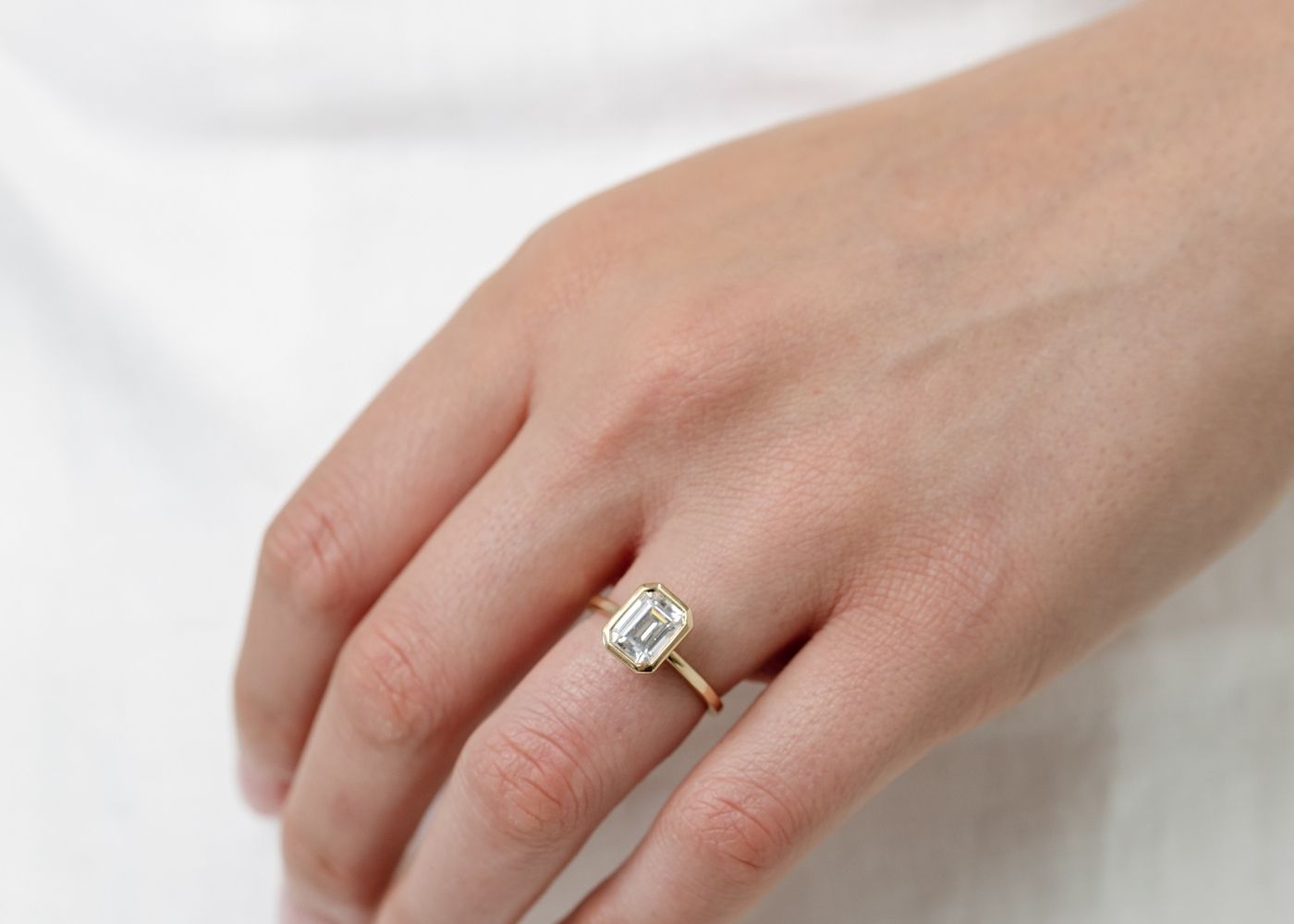File (tool)
History and Development of Files
- Early filing or rasping has prehistoric roots
- Lapping is also quite ancient
- Bronze Age and Iron Age had various kinds of files and rasps
- Files were already quite advanced during the Middle Ages
- Modern iron or steel files took time to become common
- Files made of case hardened steel bar
- Teeth are generally parallel and sharp
- Rasp is a form of file with individually cut teeth
- Files with abrasive surfaces have been developed
- Abrasive surfaces include natural or synthetic diamond grains or silicon carbide
Importance of Filing in Construction
- Filing was important in the construction of mechanisms before the industrialization of machining
- Component parts were hand-fitted for assembly by filing
- Locks, clocks, and firearms were manufactured using filing for centuries
- Filing was heavily dependent on machining in the mid-19th century
- Milling and grinding have replaced filing in modern manufacturing
Types of Files
- Files come in various materials, sizes, shapes, cuts, and tooth configurations
- Steel files are made from high carbon steel
- File nomenclature varies, but there are generally accepted names for certain kinds of files
- Files can be blunt or tapered
- The cut of the file refers to the fineness of its teeth
Specialized Files
- Swiss-pattern files have teeth cut at a shallower angle and are graded by number
- Some flat files have teeth on only one face or one edge
- Needle files are small files with a narrow, pointed tang
- Riffle files have a curved shape and are used for smoothing inside holes and circular grooves
- Half round files have one flat and one convex surface
- Barrette files: tapered in width and thickness, with a rounded point at the end, used for flat work
- Checkering files: parallel in width and gently tapered in thickness, with teeth cut in a grid pattern, used for making serrations and checkering work
- Crochet files: tapered in width and thickness, with two flats and radiused edges, used for filing junctions between flat and curved surfaces
- Crossing files: half round on two sides with one side having a larger radius, tapered in width and thickness, used for filing interior curved surfaces
- Dreadnought and millenicut files: heavily undercut with sharp coarse teeth, used for removing large quantities of material from aluminum alloy, copper, brass, or plastic fillers
- Equalling files: parallel in width and thickness, used for filing slots and corners
- Farrier Rasp files: tanged rasps used by farriers and blacksmiths, with a rasp on one side and double cut on the reverse
- Fret files: square or rectangular with three flat sides and one side having a concave groove, used by luthiers to file frets on instruments
- Half round ring files: taper in width and thickness, used for filing inside of rings
- Joint round edge files: parallel in width and thickness, with rounded edges, used for making joints and hinges
Diamond Files, Needle Files, and Riffler Files
- Diamond files have small particles of industrial diamond embedded in their surface
- Used effectively against hard materials like stone, glass, hardened steel, or carbide
- Can be used with a back-and-forth motion without damaging the file
- Also known as diamond laps
- Teeth are particles held in place by a softer material
- Small files used when surface finish is a priority over metal removal rates
- Often sold in sets with different shapes
- Suitable for smaller work pieces
- Used for precision work
- Cross-sectional shapes include pillar, half round, barrette, square, round, and triangular
- Small to medium-sized files with various cross-sectional shapes and profiles
- Used in hard-to-reach or unusually shaped areas
- Used as an intermediate step in die making to improve surface finish
- Commonly used in plastic injection molding or die casting
- Enable filing in cavities or complex shapes
File (tool) Data Sources
| Reference | URL |
|---|---|
| Glossary | https://harryandcojewellery.com.au/blogs/glossary/file-tool |
| Wikipedia | http://en.wikipedia.org/wiki/File_(tool) |
| Wikidata | https://www.wikidata.org/wiki/Q193142 |
| Knowledge Graph | https://www.google.com/search?kgmid=/m/02p01q |





